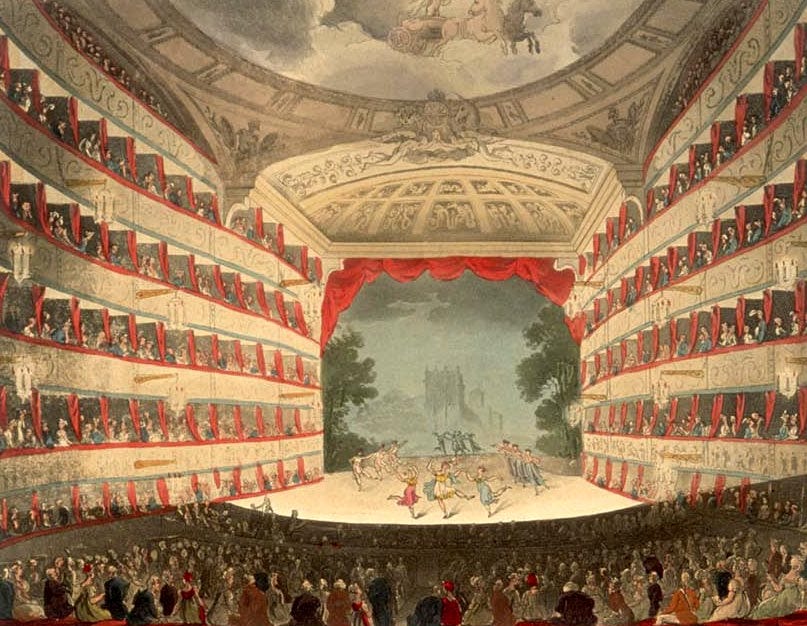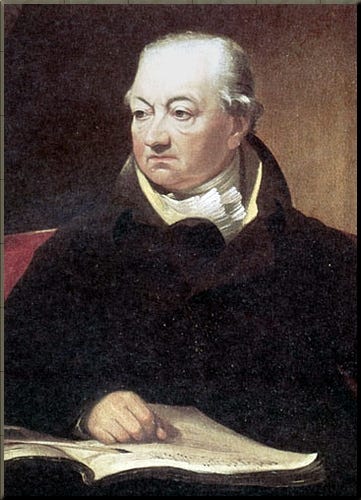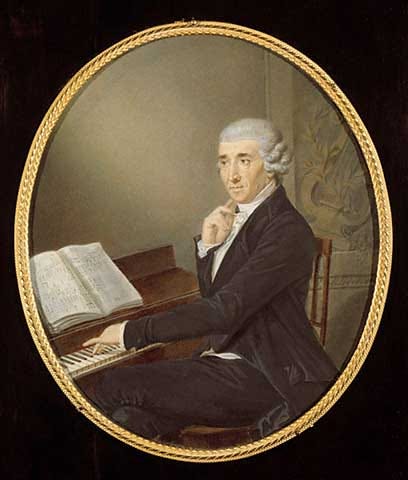
Haydn’s Symphony №102 in B-flat major was composed in 1794 and premiered in the King’s Theatre in London in May of 1795. This is the tenth of twelve symphonies that are called Haydn’s London Symphonies because of where they were premiered. However another nickname for these twelve symphonies is the Salomon Symphonies because Haydn composed them at the request of the impresario, violinist, composer, and conductor, Johann Peter Salomon.

Salomon had moved to London from German in the 1780’s and quickly established himself as an entrepreneurial musical force. We now mostly remember him as a concert organizer and conductor, but he was an exceptional violinist and composer. Listen to his beautiful Romance for Violin and Orchestra.
Haydn’s Symphony №102 is in four movements. The first movement begins with one of Haydn’s most ethereal and otherworldly slow introductions, in some ways reminiscent of the beginning of his glorious oratorio, The Creation, a piece Haydn would begin composing one year later. A dramatic and infectious Vivace follows and completes the first movement. The second movement Adagio is a transcription of the second movement of his Piano Trio in F-sharp. Ever the resourceful composer, Haydn doesn’t so much as steal from himself as repurpose material justly suited to be used in a different format. Transposing the original key from f-sharp to f-natural, it becomes the perfect foil to the energetic first movement. Here is the original movement as it sounds in the piano trio version.
The third movement, which is a classic Haydn Menuetto is in two distinct sections, a lively allegro and a more contemplative trio. When listening to these menuet movements, it’s important to remember that the nobility and upper class still danced these dances and hearing these movements at a concert would be very exciting to them. The finale has a raucous outdoor feel to it that exemplifies these later symphonies. Many consider this to be Haydn’s most well-crafted symphony and it’s certainly hard to argue otherwise!

